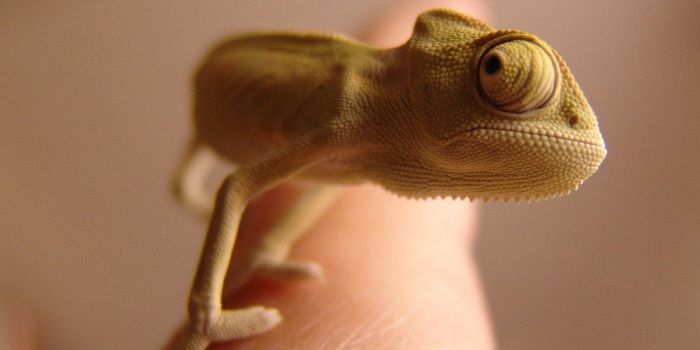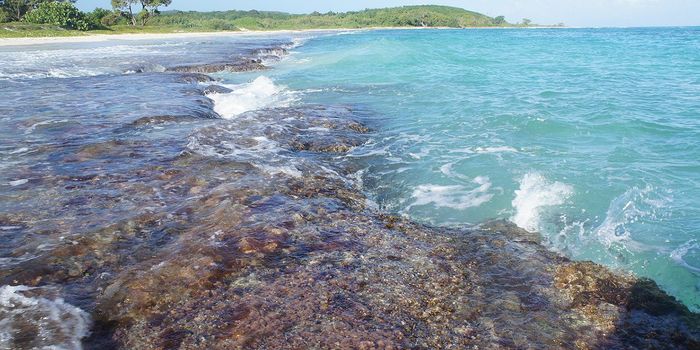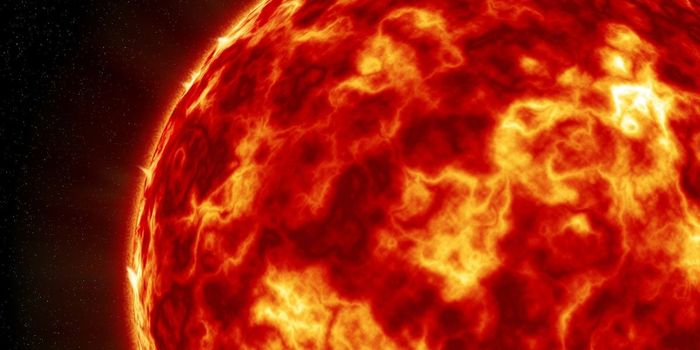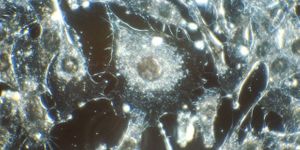Most people have heard of the wolf reintroduction program that took place in Yellowstone National Park in the mid 1990s. The wolves were reintroduced in order to help manage the rising elk population, which had been overgrazing much of the park. The result was perhaps one of the most successful reintroduction programs to have existed because the presence of the wolves not only affeted the elk and moose population, but the whole ecosystem and even the physical geography itself.
When Yellowstone was originally created, there was not protection for wolves or other top predators. Because of this, government predator control programs in the early 1900s wiped out the gray wolf from Yellowstone. The last wolves were killed in Yellowstone in 1926. Hence their reintroduction gave biologists an incredible opportunity to study the impacts a top predator can have.
And it turns out that these impacts caused what's called a trophic cascade, where basically everything in the ecosystem was affected by the new presence of the wolves. There were fewer deer, elk, and moose because the wolves were hunting them; but additionally, their presence changed the regions where these grazers hung out, allowing re-vegetation in many places. This re-vegetation brought more bird species, more bears who eat their berries, more beavers who build their homes from the trees. This in turn sparked other animals' return: more amphibians, more small mammals, more hawks.
But the most impressive change was the way the wolves impacted the rivers. The re-vegetation caused by the wolves made river banks more solid, resulting in less erosion, fewer winding curves, and more pools - providing niches for even more wildlife. In this way, the wolves changed the physical geography of Yellowstone. Bioengineers indeed!








